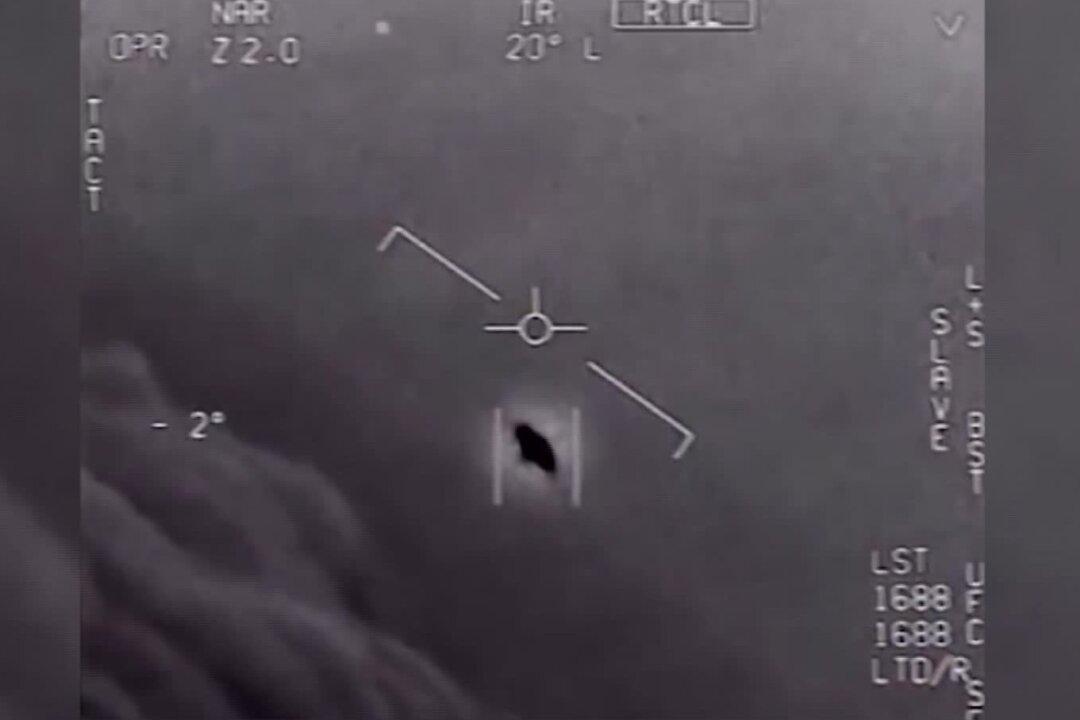U.S. lawmakers have made references in an appropriations bill and accompanying Senate Intelligence Committee report that Congress believes some unidentified aerial phenomena (UAP), commonly referred to as UFOs, might not be “man-made.”
Further, Congress notes that threats against the national security of the United States from these “cross-domain transmedium” objects have been exponentially increasing.





